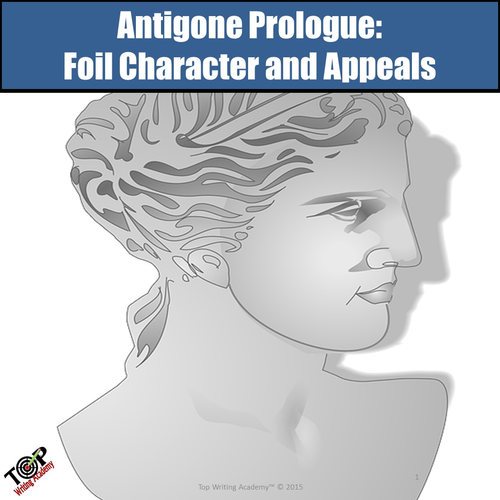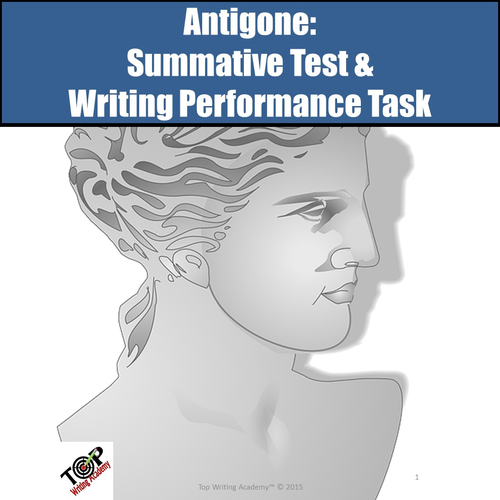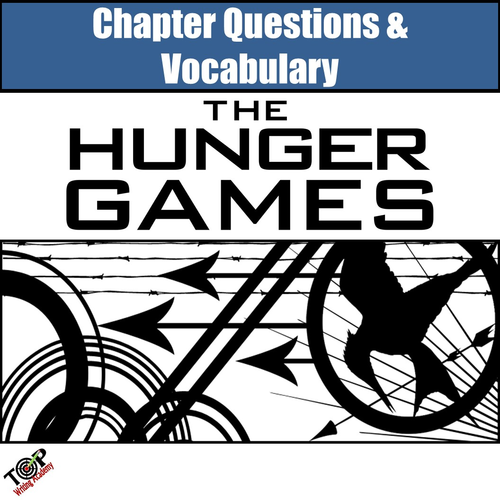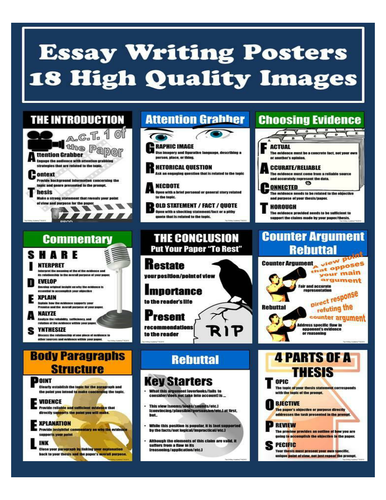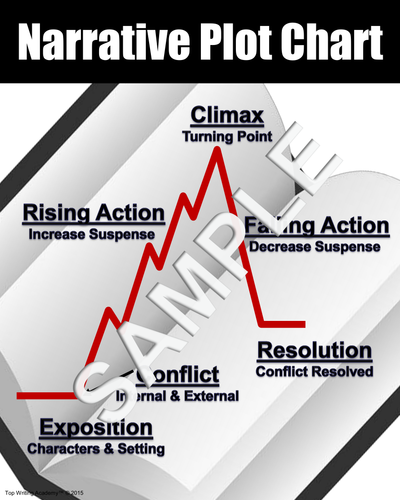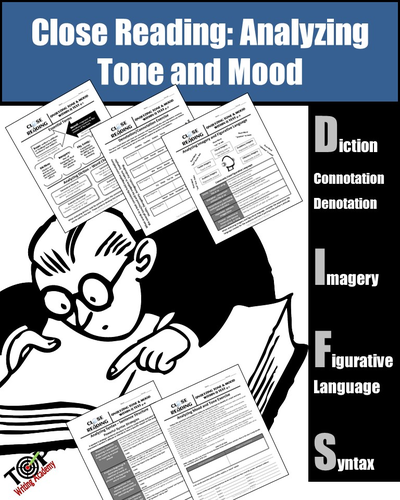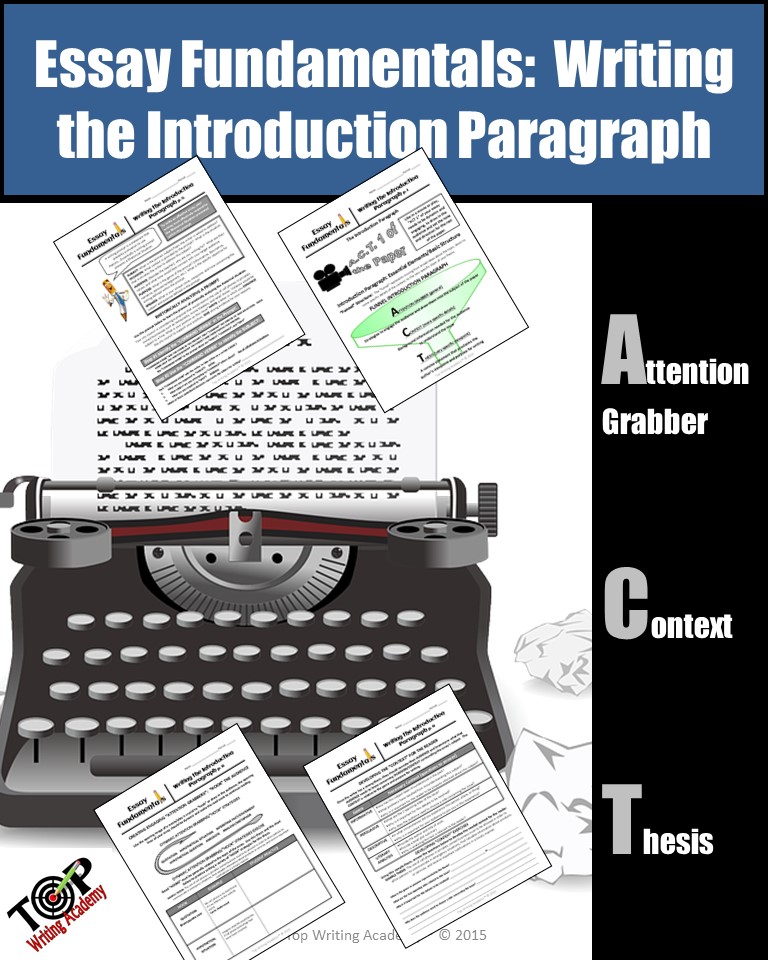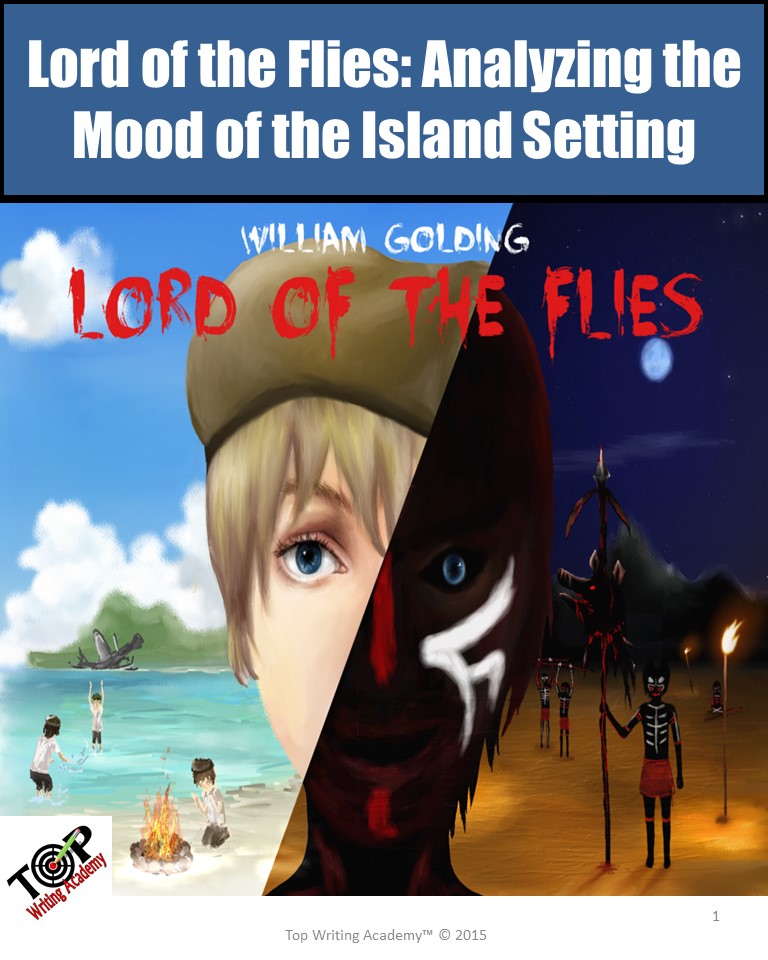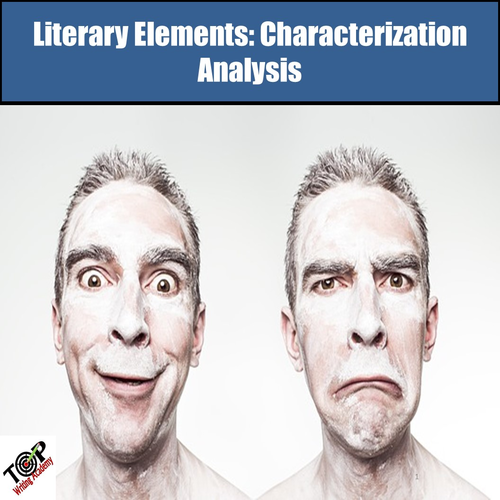TopWritingAcademy's Shop
Experience:13 Years Classroom Teaching High School 1 Year Classroom Teaching Middle School 1 Year Director School Newspaper 6 Years Student Development Higher Education Typical lesson follows this basic format using a variety of formats to touch numerous learning modalities. 1. Facilitated Socratic session and/or group activity to stimulate prior knowledge. 2. Interactive Media Presentation presenting subject area and skills with facilitated exercises to check for understanding.


